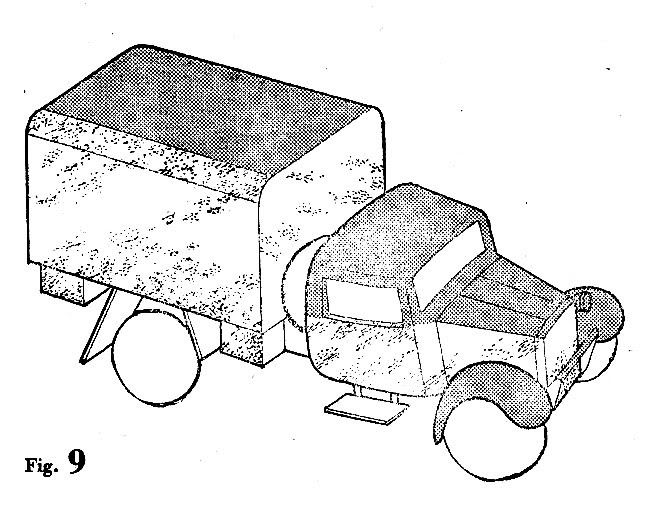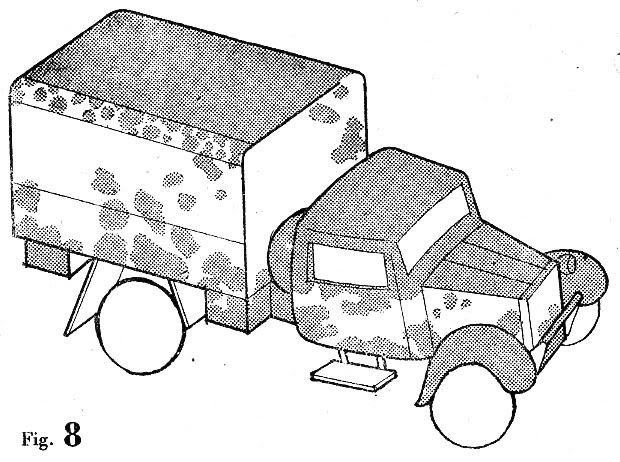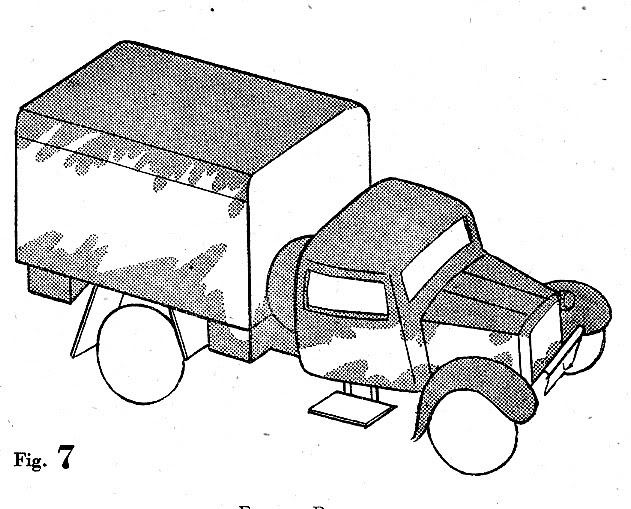
 |
|
|
|
#1
|
||||
|
||||
|
Further to 26/GS Publications/644 1941 these are the three patterns it describes.
 Dry Brush Pattern  Dappled Pattern  Foliage Pattern
__________________
Clive Elliott GW4MBS (Old) South Wales UK |
 |
| Thread Tools | |
| Display Modes | |
|
|